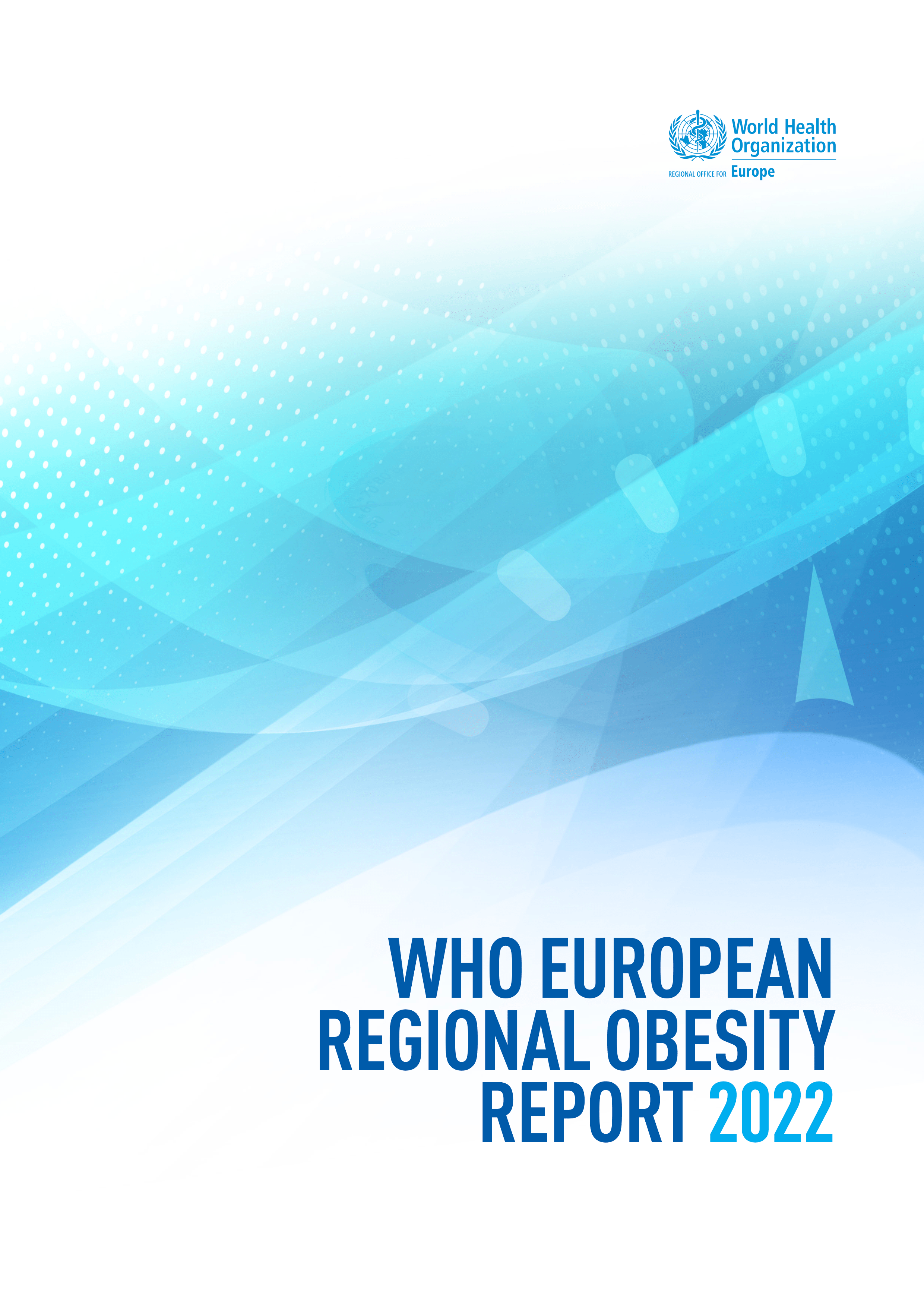Obesity in Europe
Speaking at the report’s launch, Dr Hans Henri P. Kluge, WHO Regional Director for Europe said, “Obesity knows no borders. In Europe and Central Asia, no single country is going to meet the WHO Global non-communicable disease (NCD) target of halting the rise of obesity. The countries in our Region are incredibly diverse, but every one is challenged to some degree. By creating environments that are more enabling, promoting investment and innovation in health, and developing strong and resilient health systems, we can change the trajectory of obesity in the Region.”
In the WHO European Region, overweight and obesity rank fourth as a risk factor for death, after high blood pressure, dietary risks and tobacco.
For some countries in the European Region, it is predicted that obesity will overtake smoking as the main risk factor for preventable cancer in the coming decades.
Dr Hans Henri P. Kluge, WHO Regional Director for Europe
COVID-19 and the obesity problem
Preliminary data also suggest that during the current pandemic, people have had higher exposure to obesity risk factors, including an increase in sedentary lifestyles and consumption of unhealthy foods.
Creating healthy environments
“We have learned over time that a single policy will not work. To succeed as a country or Region, we need a comprehensive package of interventions. No single country has been able to introduce all these policies simultaneously. It is important to prioritise 2 or 3 policies to implement now and have a feasible plan to introduce the rest of the interventions,” added Dr Wickramasinghe. “Restricting the marketing of unhealthy foods to children, taxation of sugar-sweetened beverages and improving health system response for obesity management are currently among the most actively discussed policy areas in the WHO European Region.”
Key facts
- Obesity is a serious public health challenge and a major determinant of disability and death in the WHO European Region.
- Obesity is a risk factor for multiple non-communicable diseases, including 13 cancers, cardiovascular disease, type 2 diabetes and chronic respiratory disease.
- People living with obesity are at increased risk of severe COVID-19 outcomes.
- There have been consistent increases in the prevalence of overweight and obesity, and not a single Member State of the Region is on track to reach the target of halting the rise in obesity by 2025.
- The WHO European Childhood Obesity Surveillance Initiative (COSI) shows that nearly one in three school-aged children live with overweight or obesity.
- HBSC data shows that overweight and obesity are more prevalent among boys than girls at ages 11, 13 and 15 and that prevalences decrease with age for both sexes.
- Analyses of HBSC study data reveal strong social inequalities, with more affluent boys and girls less likely to be overweight or obese.
